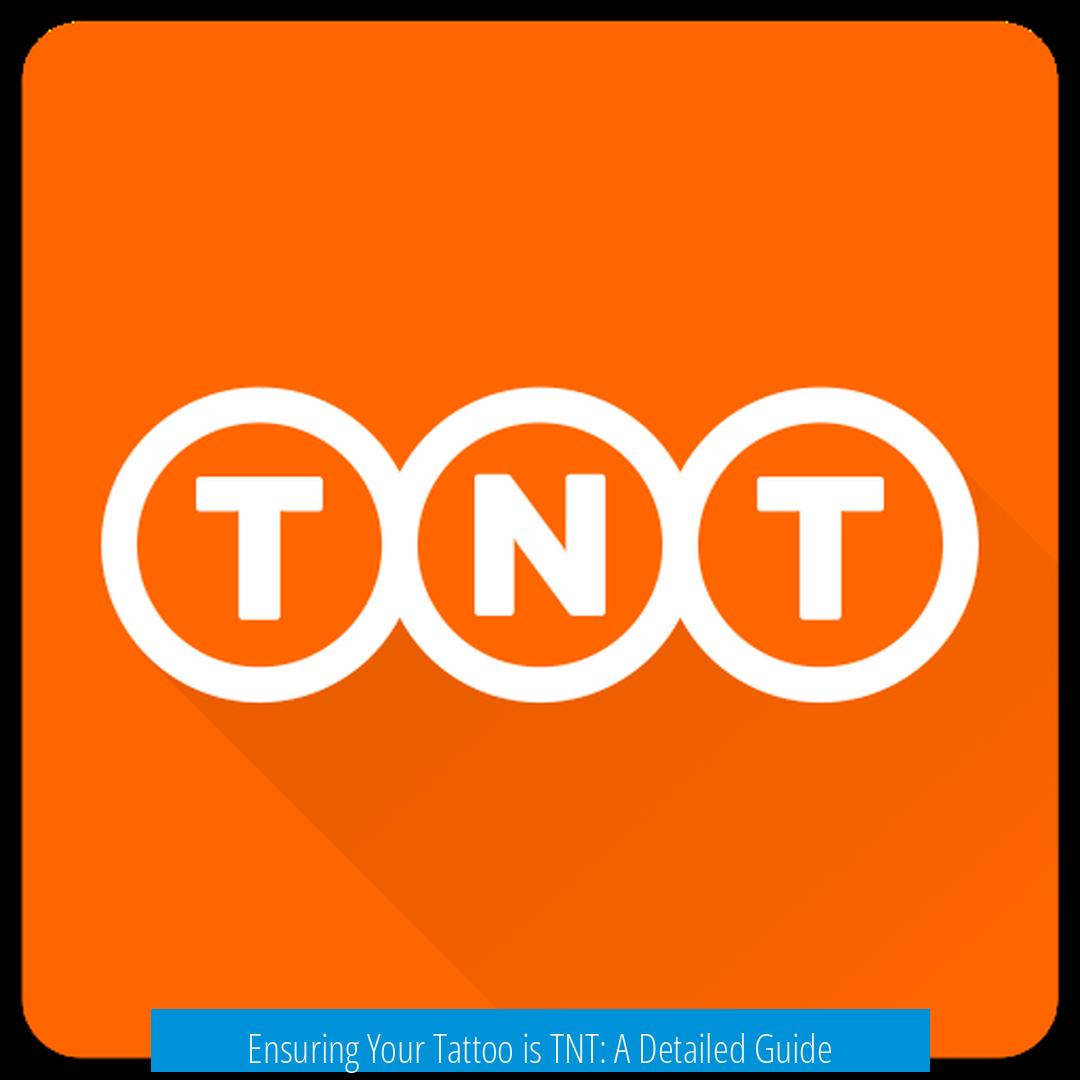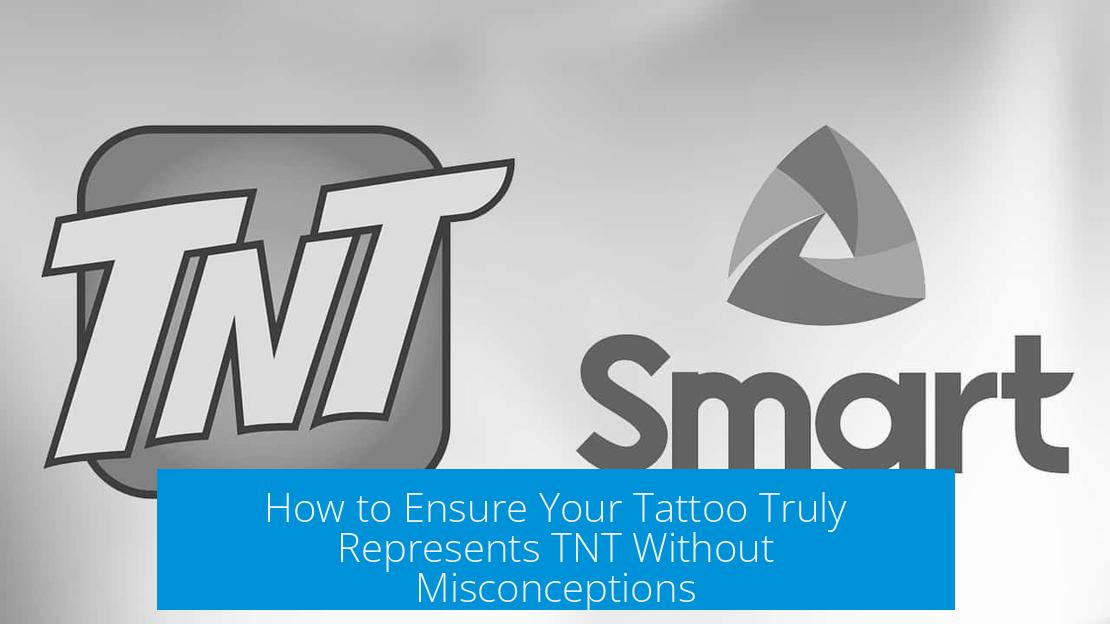Ensuring Your Tattoo is TNT: A Detailed Guide

Making sure this is TNT, I’m getting this tattooed and don’t trust my own knowledge addresses an important concern: verifying the accuracy of the TNT (trinitrotoluene) chemical structure before committing to a tattoo. This guide outlines how to confirm the tattoo truly represents TNT, the essential chemistry behind the molecule, common misconceptions, and important considerations before tattooing chemical structures.
What Does TNT Look Like Chemically?
TNT is the chemical abbreviation for trinitrotoluene, a molecule composed of a toluene (methylbenzene) ring substituted with three nitro groups (NO2) at specific positions.
- Toluene base: A benzene ring (C6H6) with one hydrogen replaced by a methyl group (CH3), giving C6H5CH3.
- Nitration: The process that adds three nitro groups to the toluene ring, typically at the 2, 4, and 6 positions.
- Official formula: C7H5N3O6, reflecting the three nitro substituents.
The chemical structure is often depicted with a hexagonal ring to represent benzene, a methyl group attached to the ring, and three nitro groups marked as NO2 at correct positions.
How to Verify the Tattoo Truly Represents TNT
- Check the structure of the ring: Is there a six-membered aromatic ring (benzene)? A tattoo lacking this is probably incorrect.
- Confirm the methyl group (CH3): Check if it’s clearly placed on the ring; if omitted, it should be implied correctly.
- Count the nitro groups: Ensure three NO2 groups appear attached to the ring in three distinct positions.
- Avoid confusing TNT with dynamite: TNT is a specific molecule, not the same as dynamite, which is a nitroglycerin-based mixture.
- Consult reliable chemical sources: Compare the design against standard chemical illustrations or verified molecular models.
Experts often recommend showing the tattoo design to a chemist or professor to confirm its correctness. Online chemistry forums and molecular viewers are helpful tools for double-checking.
Common Misconceptions About TNT as a Tattoo
People often confuse TNT with dynamite or other explosives. However, TNT is a distinct compound first used historically as a yellow dye before explosive applications. Mislabeling or incorrect representation can lead to misinformation about your tattoo’s meaning.
| Misconception | Fact |
|---|---|
| TNT equals dynamite. | TNT is chemically different from dynamite and is one compound, whereas dynamite is a mixture containing nitroglycerin. |
| TNT has four nitro groups. | TNT contains three nitro groups attached to toluene. |
| All parts of the molecule must be explicitly shown (e.g., CH3 written out). | The methyl group (CH3) is often implied in chemical diagrams, standard in chemical notation. |
Advice Before Getting a TNT Tattoo
Many who currently own chemical structure tattoos express regret or caution for new tattoo seekers. This advice can help you avoid potential issues.
- Understand the chemistry: Only get a tattoo of a chemical structure if you understand its meaning and appearance.
- Be ready for questions: Tattoos of chemical molecules often invite curiosity and questions from others. Make sure you want to explain your tattoo’s meaning repeatedly.
- Consult experts: Chemists and chemistry educators can validate your design and advise on accurate representations.
- Consider meaning: Ask yourself if TNT has personal significance beyond aesthetics or perceived “coolness.”
- Design accuracy matters: Keep the depiction chemically correct but choose styles you find visually appealing—like 3D representations or simplified rings.
- Beware of poorly understood tattoos: Tattoos acquired without research often cause regret and may appear meaningless to others.
Common Design Suggestions for TNT Tattoos
Professional chemists and literate enthusiasts suggest the following when planning a TNT tattoo:
- Use a simplified benzene ring with clear conjugation lines to represent aromaticity.
- Imply the CH3 methyl group unless explicitly desired.
- Show nitro groups with clear NO2 notation placed in the 2, 4, and 6 ring positions.
- Consider 3D models or stylized bonds to add visual interest.
- Spacing, symmetry, and clarity are key for a clean, recognizable chemical structure.
Simple inaccuracies, like incorrect ring size or wrong number of nitro groups, may confuse viewers or misrepresent the chemical.
Understanding Your Own Knowledge Limits
Being honest with your own knowledge is crucial. Many users warn against getting such a tattoo without full understanding. Respecting this advice ensures your tattoo genuinely represents your interests and values.
- If uncertain of the meaning or accuracy, postpone the tattoo until confirmed.
- Trust science-based sources over casual opinions when verifying designs.
- Don’t rely solely on self-assessment; peer review from chemistry professionals improves accuracy.
- Choose meaningful designs that resonate beyond mere symbolism or trend.
Potential Social Experiences with a TNT Tattoo
Owning a TNT tattoo brings different social dynamics:
- Expect frequent questions and curiosity about its meaning.
- Be prepared to explain chemical structure basics repeatedly.
- Some find attention irritating; others appreciate the conversation.
- Consider long-term satisfaction with being identified by this image.
Those with chemical tattoos often reflect on how these affect their personal and professional image.
Final Key Points to Consider
- Verify tattoo design using trusted chemical references. Confirm presence of benzene ring, methyl group, and three nitro groups accurately.
- Understand what TNT chemically is and is not. It differs from dynamite and has defined structural features.
- Consult chemists or educators before tattooing. A second or third opinion matters greatly.
- Reflect on the personal meaning behind TNT. A tattoo is permanent and should align with your values and knowledge.
- Prepare for explaining the tattoo over the years. Expect interest and questions from non-scientists.
- Recognize your limits of chemical knowledge. Avoid rash decisions based on incomplete understanding.
Conclusion
The answer to “making sure this is TNT” before tattooing lies in careful verification of the chemical structure’s accuracy. TNT stands for trinitrotoluene, which requires a benzene ring, a methyl group, and three nitro groups properly arranged. One should not trust their own knowledge without consulting experts or verified sources, as many regret tattoos made without understanding. Designing a tattoo with chemical accuracy and personal significance makes it more meaningful and avoids future frustrations.
What chemical structure should I verify before tattooing TNT?
Confirm it shows trinitrotoluene with three nitro groups (NO2) attached to toluene. The methyl group (CH3) is often implied, not drawn. Avoid confusing TNT with dynamite—they are not the same.
Why is it important to understand TNT before getting it tattooed?
Without proper knowledge, you might tattoo an incorrect or meaningless design. Many regret tattoos done without understanding the chemistry, and explaining the design repeatedly can become tiresome.
Can I trust my own knowledge when deciding on a TNT tattoo?
Many caution against trusting personal knowledge if you’re unsure. Misinterpretations are common. It’s better to research fully or consult experts to avoid mistakes or future regrets.
What are common misconceptions about TNT tattoos?
People often confuse TNT with dynamite or think it’s tetranitrotoluene. Some expect a detailed 3D structure but designs usually simplify the molecule. Knowing the right formula ensures accuracy.
How can the TNT tattoo design be improved for accuracy?
Use a ring to represent the benzene structure instead of double bonds. Show nitro groups distinctly and imply the methyl group. Some suggest 3D portrayals or simple stick figures to make it chemist-approved.





Leave a Comment